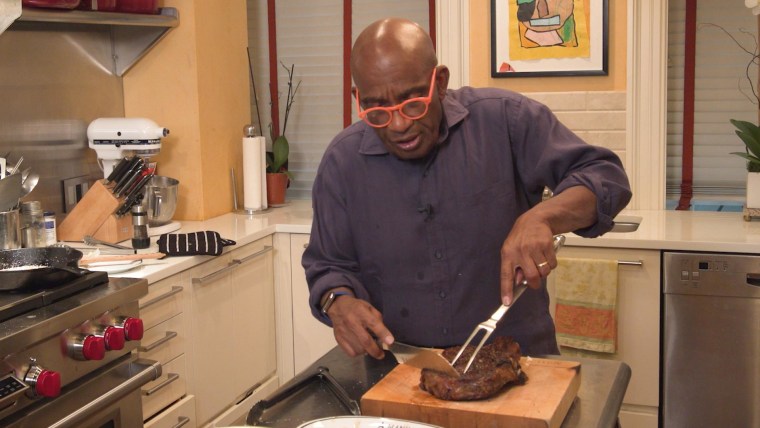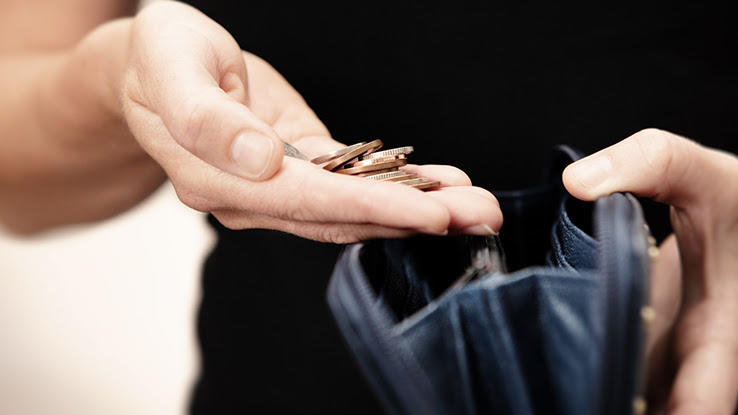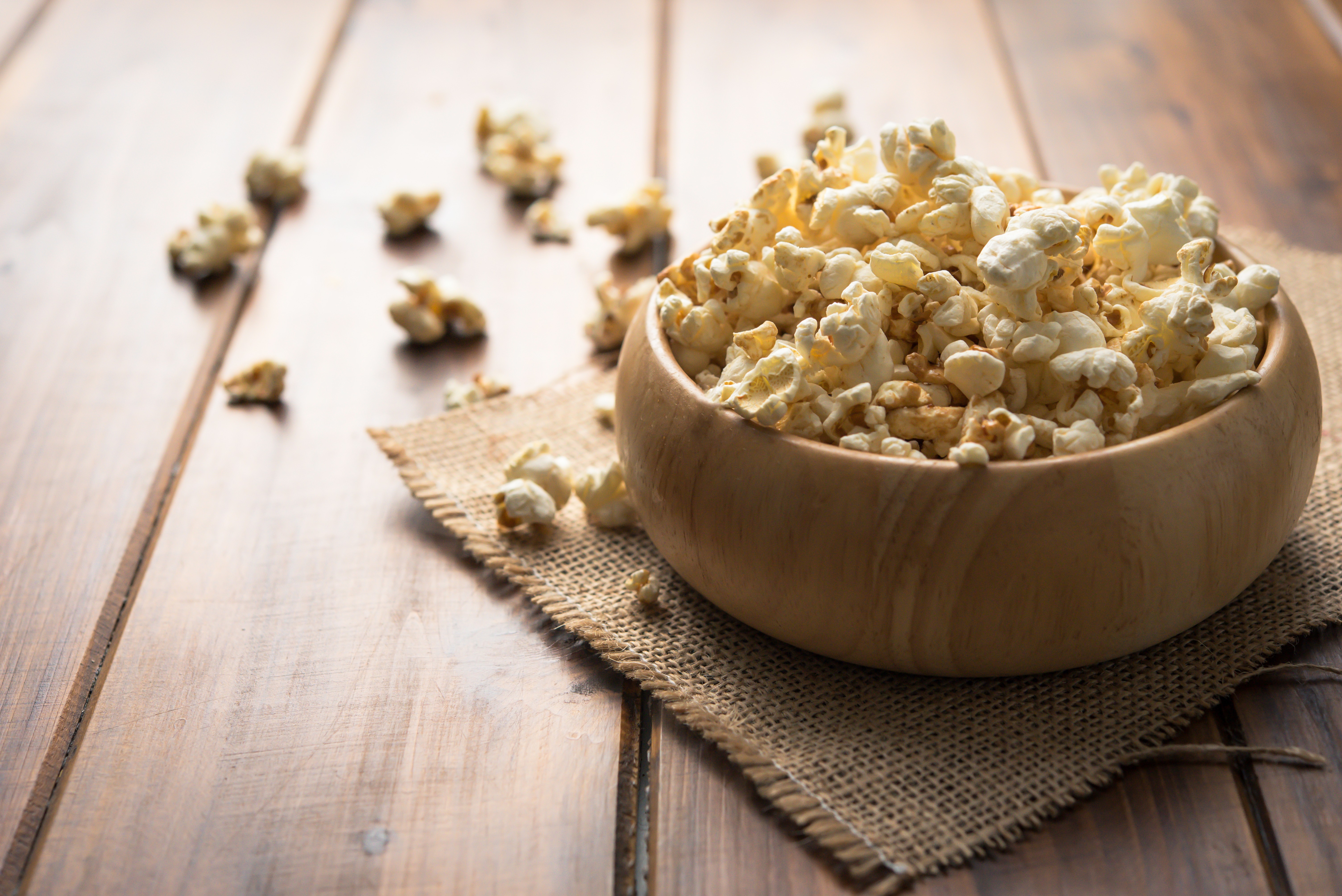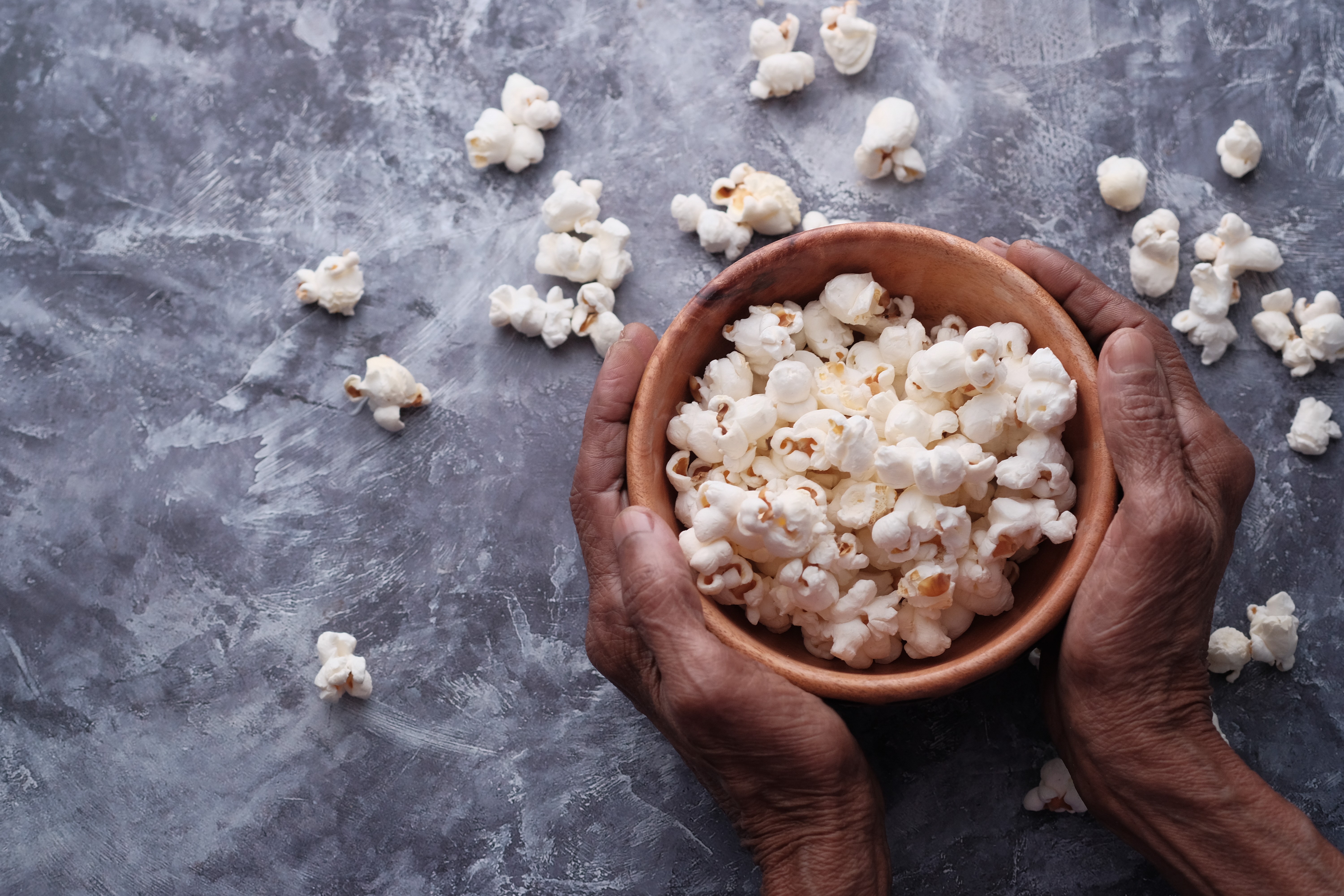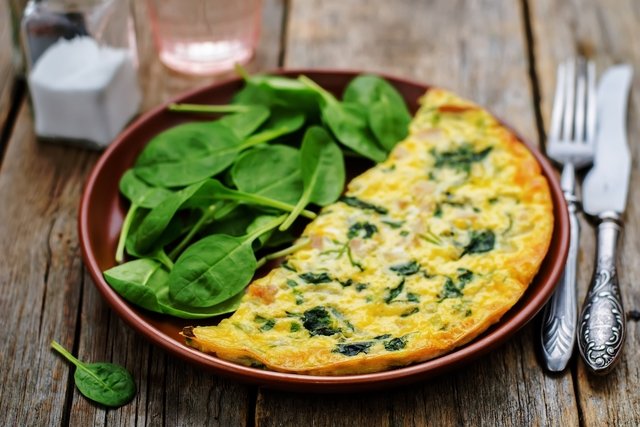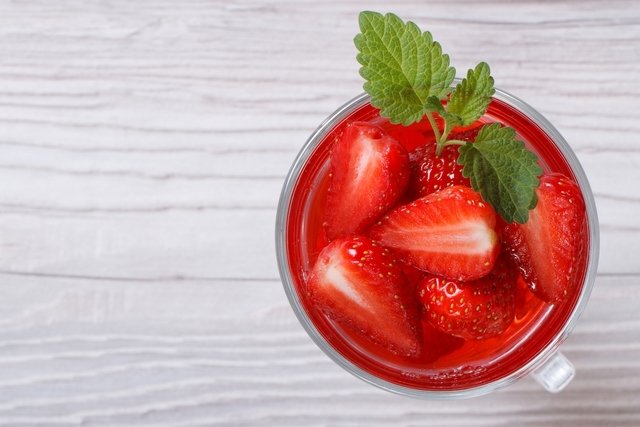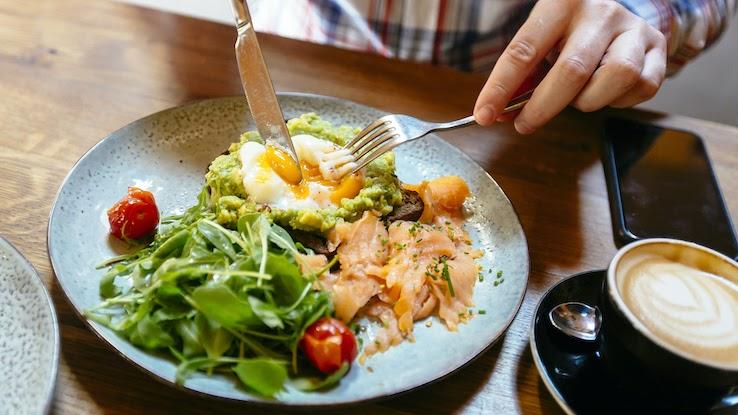Cream Cheese Dieta Low Carb
:max_bytes(150000):strip_icc()/bread-crop-23e1fc54583d435d938ee31bbe66779e.jpg)
Verywell / Alexandra Shytsman
If you want to cut back on carbs but don't want to eliminate bread, how do you choose lower-carb bread? On a truly low-carb diet for your health, regular bread has to be very restricted. You must switch to special low-carb bread or make your own, such as flax meal bread.
Carbs and Blood Sugar
Grains like refined wheat flour are mostly starch, which is made up of long strings of glucose. The enzymes in your saliva start breaking down starch molecules into sugars as you chew.
By the time they reach the stomach, most starches have been converted to sugar. But there are exceptions: Some types of bread, like sprouted whole grain bread, may have less of an effect on your blood sugar because contain more fiber.
Foods with fiber are digested at a slower rate, which can reduce how quickly blood sugars rise.
Another factor that affects the way bread impacts blood sugar is whether or not bread is eaten alone or in combination with another food. For example, eating a plain slice of white bread will increase blood sugar more quickly than eating a piece of bread with peanut butter which contains protein and fat.
Light Bread
"Light" (or "lite") bread is a marketing term used to describe bread that is usually lower in calories, fat, or sodium than a brand's regular version, according to the FDA. Light breads typically contain fewer calories than regular bread, and may also contain fewer carbohydrates.
A food that is labeled "light" may also mean that it is actually lighter in color. When in doubt always read the label. Here's an example of the difference between one brand's regular and light bread. Bread that is labeled "lite" or "light" may also contain high fructose corn syrup, which is linked to heart health complications.
Note that, according to Pepperidge Farm, the serving size for the Whole Grain Whole Wheat (regular) bread is one slice (49g), but the serving size for Whole Wheat Light Style bread is listed as three slices (57g) on the nutrition facts label. It is helpful to know that both whole grain and whole wheat contain all three parts of the grain kernel — the bran, endosperm, and germ. However, whole wheat exclusively refers to wheat kernels, while whole grain includes other grains, such as barley, corn, and rye.
Listed below is a comparison of the carbohydrates of each bread per slice (not per serving).
| Pepperidge Farm Whole Wheat Bread | |
|---|---|
| Whole Wheat Bread | Whole Wheat Light Style Bread |
| Weight: 49g (1 slice) | Weight: 19g (1 slice) |
| 23g carbohydrate | 9g carbohydrate |
| 4g fiber | 2g fiber |
| 130 calories | 45 calories |
Several other brands have light bread options. Most include a reduced calorie and carb version of classic whole wheat, but some brands (like Healthy Life Bread) offer other flavors and styles, including hot dog buns. Some brands offer sugar-free and gluten-free bread options as well.
- Sara Lee Delightful Honey 100% Whole Wheat (45 calories,1 grams carbs, and 4 grams of fiber for two slices)
- Pepperidge Farm Light Style 100% Whole Wheat (45 calories, 9 grams carbs, and 2 grams fiber per slice)
- Weight Watchers 100% Whole Wheat (90 calories, 20 grams carbs, and 4 grams fiber for two slices)
- ThinSlim ZeroCarb Plain (45 calories, 7 grams carbs, and 7 grams of fiber per slice)
- Ezekial Genesis 1:29 Sprouted Whole Grain and Seed (80 calories, 14 grams carbs, and 3 grams of fiber per slice)
Low-Carb Tortillas
Perhaps the best commercial bread substitute is a low-carb tortilla because they are filling and full of fiber. One tortilla can replace two slices of bread, usually for fewer carbohydrates.
- Mission Carb Balance Tortillas (120 calories, 13 grams total, 9 grams fiber per tortilla)
- Maria and Ricardo's Low-Carb/Low-Fat Tortillas (45 calories, 10 grams total, 7 grams fiber per tortilla)
- Mama Lupe's Low-Carb Tortillas (60 calories, 7 grams total, 4 grams fiber, per tortilla)
Make a healthy wrap, use it as a hot dog bun, or as the basis for a low-carb pizza. If your local store doesn't carry them, several brands can be purchased from online sellers.
Tips for Finding Low-Carb Bread
When you know what to look for, it's easy to shop for low-carb bread at your local supermarket, health food store, bakery, and even online.
Set a Carb Goal
Compare carbs in several loaves of bread from different brands to find the option that fits your diet best. A typical slice of bread usually contains around 15-20 grams of carbohydrate.
While there isn't a standard definition of low-carb bread, decide how many carbohydrates you want to use as bread and choose accordingly. For example, if you want to keep your meal under 30 grams of carbohydrate and the bread you like contains 20 grams of carbohydrate, eat one slice instead of two.
Find Thin Bread
Smaller or thinly-sliced bread will have less carbohydrate and calories simply because they have less mass. However, watch out for very dense thin bread, as the amount of starch in this bread can be similar to regular bread.
Choose More Fiber
Search for a bread that has more fiber. Fiber is the indigestible part of carbohydrate that can aid in feelings of fullness as well as reducing how quickly blood sugars rise. Look for a bread that has at least 3 grams of fiber.
Whole grain breads are naturally rich in fiber. If you choose a bread that has added fiber, such as inulin, or chicory root fiber, that may also help to fill you up.
Look for Whole Grains
Look for a whole grain bread. Whole grain breads tend to have more vitamins, minerals, and fiber. They may not always be low-carbohydrate though so be sure to read the label. If you want to reduce your carbohydrates when choosing a whole grain bread, eat one slice instead of two.
Seek Sprouted Grains
Though there hasn't been much research, some preliminary evidence shows sprouted grain bread does not cause rapid, high, spikes in blood sugar the way regular bread does. Sprouted grains are thought to have a lower glycemic index because they are not processed the same way.
Many of them are flourless and many of them are marketed to people who have diabetes for their ability to raise blood sugars at a lower rate. Keep in mind, however, that if a brand claims large amounts of fiber and very low carbs, take a closer look at the nutrition label to confirm.
Opt for High Protein
Some bread makers use wheat gluten instead of whole grain to lower the carbohydrate of a bread. People with celiac disease are allergic to gluten and therefore cannot eat this type of bread.
But, there are many sprouted breads and lower carbohydrate gluten-free breads which are made with nut flours that are available.
Bread to Avoid
While you may be able to include some types of bread on a low-carb diet, other popular varieties are almost always high-carb and high-GI. You may decide to have these types of bread in moderation, but they won't be a staple of your low-carb diet.
Bagels and Rolls
Nutrition labels for bagels and rolls can be deceptive: They often contain two, three, or even four normal servings of bread. Some labels may state that a bagel contains 45-90 grams of carbohydrate.
When comparing bagels to sliced bread, this would be equivalent to eating about 3-6 slices of bread.
Some brands offer bagel "thins" that have fewer calories and carbs. If you can't find these options, try making them yourself.
Using a spoon (or your fingers), remove the soft centers of a sliced bagel. Hollowing it out before you place your schmear or using it for a sandwich will reduce some of its carb load.
Soft Bread
Soft bread is usually made from white and/or very finely ground flour. Your body quickly breaks this down into sugar, giving bread like challah (which can have 35 grams of carbs per serving) a high glycemic index.
Sweet Bread
While most bread is made with some sugar, try to avoid brands that have added (even hidden) sugar. Check the nutrition label carefully: If one of the five ingredients is sugar, honey, molasses, fructose, or another name for sugar, you'll know that bread isn't the best first choice. A a good rule of thumb is to consume breads with 3 grams or less of sugar per slice.
Alternative Grain Bread
Wheat has more protein than most other grains, but alternative grain bread (such as those used in gluten-free options) are usually higher in carbohydrate than bread made with wheat. While there may be some exceptions, look at the serving size and nutrition information carefully.
Source: https://www.verywellfit.com/how-to-find-healthy-lower-carb-bread-2242499






